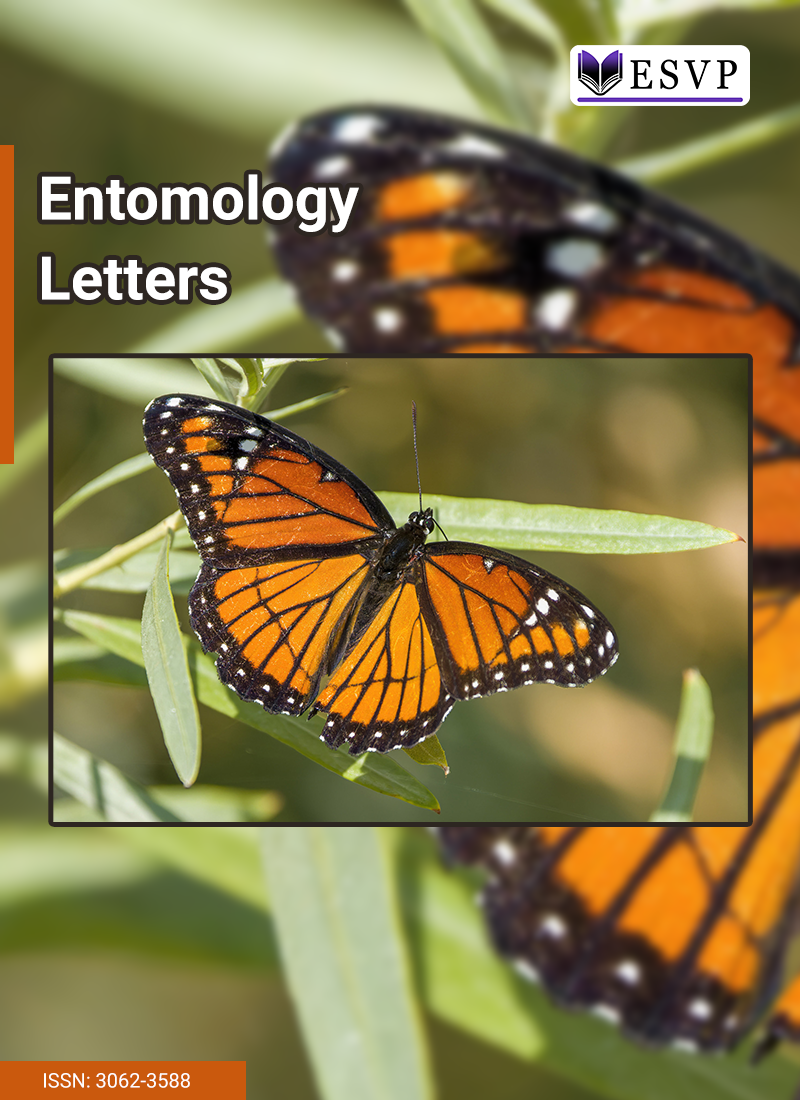
The limitations of conventional taxonomy have left a large number of arthropods, especially insects, unidentified. Recently, DNA barcoding—an innovative approach that relies on variations within a short DNA sequence—has emerged as a powerful alternative for species identification. This review article aims to evaluate the efficacy of DNA barcoding in modern insect taxonomy and analyze its role in addressing existing taxonomic challenges. This method is recognized for its speed, accuracy, reliability, and broad applicability across various multicellular organisms, including insects. As a critical component in biodiversity research, DNA barcoding bridges the gap between traditional and molecular taxonomic techniques, providing a robust framework for identifying previously unknown, cryptic, or ecologically important species. Furthermore, this technique facilitates the identification of insects in immature stages (e.g., larvae, eggs, and nymphs), which are often indistinguishable through conventional taxonomic methods. Despite its advantages, DNA barcoding has certain limitations. Challenges such as hybridization, speciation events, and contamination by symbiotic organisms such as Wolbachia bacteria can compromise the accuracy of the results. Furthermore, the immense diversity of insect species—over one million described species, with millions more yet to be identified—raises concerns about the scalability of barcode-generated data in capturing this vast biodiversity. Given these challenges, an integrative approach that combines DNA barcoding with traditional taxonomic methods appears to be the most effective strategy for the accurate identification of insect species.